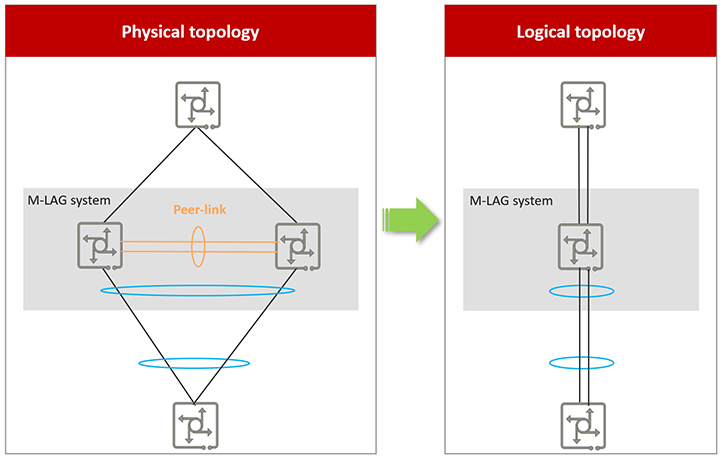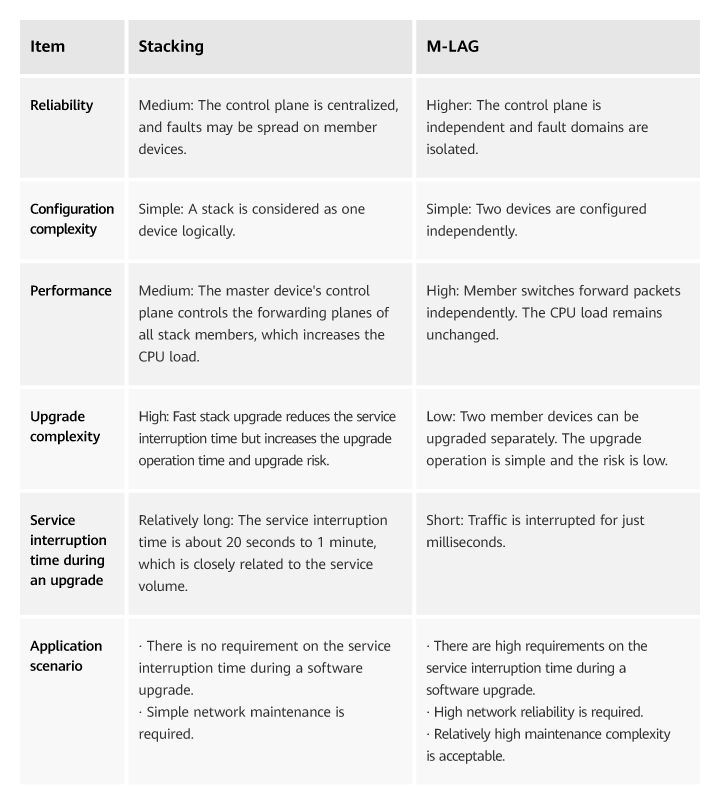Produkte, Lösungen und Services für Unternehmen
Smartphones, PCs & Tablets, Wearables, mobiles Breitband und mehr
Über Huawei, Nachrichten, Veranstaltungen, Brancheneinblicke und mehr
The semiconductor technology involves more than 1000 procedures, which involves complicated exchange of massive data between network devices. As such, if the network is interrupted for 30 minutes, the economic loss can reach up to USD500,000. Network has become unprecedentedly important to various industries. For example, continuous network connection is critical to both the aviation and railway system networks for guaranteeing the punctuality and safety of flights and trains. Public security requires 24/7 online networks to support emergency communication, alarm reporting, and scheduling. Moreover, network faults in the production and supply chain systems may cause production interruption, delayed supply chain services, or product quality problems, thereby leading to batch re-manufacturing. In the financial market, the transaction amount exceeds tens of millions of USD per second, which cannot be achieved without reliable networks.
With the deepening of digitalization, enterprises' work efficiency is continuously improved, and their major services become increasingly dependent on the network. For industries that require high reliability, such as production and manufacturing, one second of network interruption will directly cause an economic loss of tens of thousands of USD. This makes fault convergence in seconds on network devices and uninterrupted service upgrade a must.
Huawei introduces the Multichassis Link Aggregation Group (M-LAG) technology to campus switches for the first time, improving the reliability of traditional networks from 99.999% to 99.9999%. This means that the average service interruption time of each device per year does not exceed 31 seconds, improving the reliability by 10 times.

Traditional campus network devices adopt the stacking technology to virtualize multiple devices as a single device for use. In this way, you can increase the number of ports and switching capability by adding devices, and enhance reliability through backup between devices. However, master switch's control plane controls the forwarding planes of all stack members, which increases the CPU load. If a single point is faulty, fault diffusion may occur and ultimately cause the entire system to break down. Additionally, each stack upgrade may cause service interruption for about 20 seconds to 1 minute, and a longer operation time may lead to higher upgrade risks.


Compared with the stacking technology, M-LAG uses an independent control plane, achieving fault isolation and fast fault convergence within 50 ms upon single-link failures. M-LAG member switches forward packets independently and the CPU load remains unchanged. In addition, the two M-LAG devices on the network support separate device upgrade and the upgrade-induced service interruption time takes only milliseconds. The upgrade operation is simple and the risk is low. This solves the problems of low reliability and long upgrade time of traditional links. Therefore, M-LAG is more applicable to scenarios that have high requirements on the service interruption time during device upgrade and networking reliability.

M-LAG evenly distributes traffic among multiple links to prevent overload of a single link, improving overall system performance. After multiple physical links or ports are aggregated into a logical link, higher bandwidth can be provided. This makes M-LAG applicable to scenarios such as video streaming media and core-layer data aggregation.
M-LAG is now supported on Huawei's campus switches — CloudEngine S16700, CloudEngine S8700, CloudEngine S5755-H, CloudEngine S6730-H-V2, and CloudEngine S5732-H-V2 series. In a customer network project of a large hospital in France, Huawei switches used M-LAG to shorten the service interruption time to less than one second (N minutes if stacking is used) during device upgrade. This was recognized by the customer during the POC test, and the customer selected Huawei to upgrade its healthcare network to a highly reliable one.
In the future, "M-LAG + campus switches" will be a good choice for enterprises to upgrade digital reliability.
Disclaimer: The views and opinions expressed in this article are those of the author and do not necessarily reflect the official policy, position, products, and technologies of Huawei Technologies Co., Ltd. If you need to learn more about the products and technologies of Huawei Technologies Co., Ltd., please visit our website at e.huawei.com or contact us.